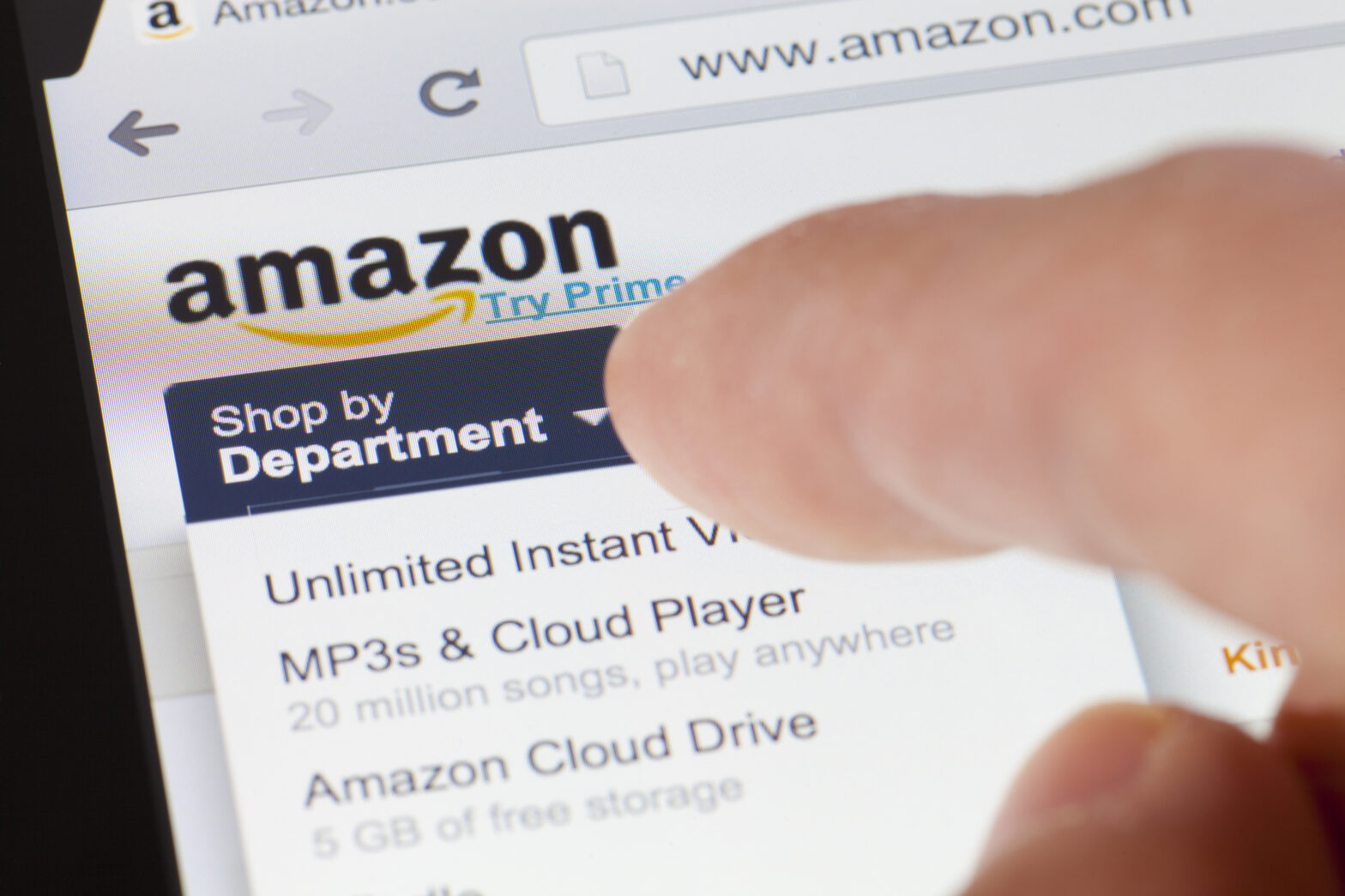Let’s face it – Amazon is a huge marketplace! It can also be incredibly intimidating to think about becoming a seller on Amazon for the first time, even for an existing e-commerce business.
Nevertheless, as an e-retailer, taking the steps towards multi-channel selling is a crucially important part of growth and generating more income.
Amazon launched in 1994 as an online bookseller and has grown to become the world’s largest online marketplace, now selling electronics, fashion, homeware, gardening and even food. Its focus on excellent customer service, an easy-to-navigate website and a wide range of delivery options has made it the go-to online store for millions of consumers.
As you may know, Amazon has an unusual setup, allowing third-party sellers to list their products on its marketplace in return for commission fees.
There are significant benefits in becoming an Amazon seller, because there is simply no brand better known online, with such a complete e-commerce infrastructure already in place.
Despite the clear benefits of trading in such a huge marketplace, a little guidance on how to navigate through it can also be a great help.
Here’s an overview on what you need to know about selling on the Amazon marketplace:
1. Should I get a basic or a pro account?
Obviously, this depends on how much you will be selling on the Amazon platform. If this is a long-term plan with a fairly high turnover of products, set up a pro account from the beginning, which is £25 per month +VAT. This will actually save you money once you sell more than 33 items per month.
Other benefits to pro account users are the ability to load and track inventory in bulk and it means you’re eligible for featured seller status.
If you just want to try it out without setting a pro account, you can set up a basic account which charges you 75p (+VAT) on each item sold.
See also: How to launch on Amazon US from the UK
2. Make sure your customer service is outstanding
Amazon trades off its reputation and motto ‘it’s all about the customer’, so the customer service provided by all of its third-party sellers is incredibly important to them.
To meet Amazon’s expectations and maintain the high levels of service that customers on the site have also come to expect, retailers need to respond to enquiries within 24 hours. Failure to do this will reduce sales and can result in penalties being brought against you.
3. Get your delivery options in place
Remember that customers want to choose the best option for their needs – they don’t always want to pay a premium for fast-delivery, they may choose the cheaper, but slower option, if it suits their situation better.
It’s important to have a delivery system in place before you set up shop. Take a look at delivery comparison websites who have the power to negotiate big discounts on multiple carriers. The benefit of using these options is that you don’t just rely on one carrier to suit all your needs – you can select the best carrier for that particular delivery.
4. Aim to get the Buy Box
When a customer searches for a product on Amazon, they get a list of items, but the top item is marked in a ‘buy box’. Amazon states that 78 per cent of sales are made through that buy box so it’s really important to understand how to get your product there.
Amazon uses a number of criteria to assess which sellers earn the right to have their product in the buy box, which includes: offering the best price, having good stock levels and gaining strong feedback.
Remember, you must also be a pro account member to be eligible for the buy box.
5. Look at whether Fulfilment by Amazon (FBA) would save you money and time
FBA is an extra service where you ship your product directly to Amazon’s warehouse. From here, they will take care of your pick and pack, delivery and returns. Of course, it costs more to use this service, but it can free up precious time and resources for a seller to use elsewhere. For example, you may instead choose to focus on developing your product, marketing or other administration.
It also enables a seller to scale their business quickly, without having to employ staff to deal with fulfilment or increased warehouse space to store products.
One of the major benefits of using FBA is that your buyers have access to the standard Amazon delivery options, which includes free super-saver delivery and free delivery for Prime customers. Having these choices can certainly make your product more attractive to consumers.
6. Build up your feedback score
Like all online sales, trust is of the utmost importance. Amazon offers the facility for buyers to leave feedback about the seller and their product.
Building up good feedback scores from buyers helps to develop a stronger business and seller profile that encourages new customers to buy from you. It is important to ask buyers if they are happy with their product, and whether they would like to leave feedback. It is also vital to respond to negative feedback in order to put right what the customer was unhappy with. Following this, you should then ask them to amend their feedback accordingly.
Selling on the Amazon marketplace need not be overwhelming for businesses looking into multichannel selling. The most important thing is to ensure you have a presence where your customers are and the rest will follow.
David Grimes is managing director of My Parcel Delivery.





